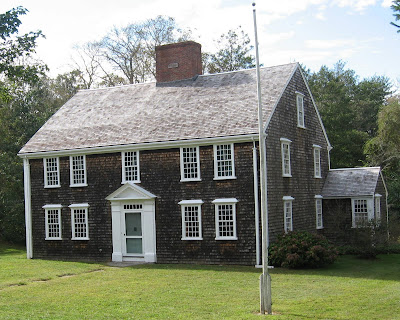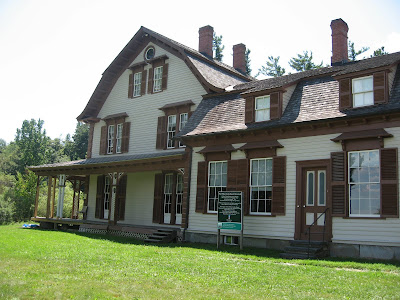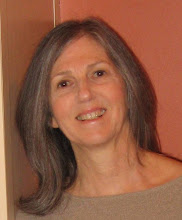www.nyccago.org
You know the maps. Every concierge in New York City hands them out while circling the hotel location so you can find your way back to them.
We weren't staying at a hotel. Just a day trip. But the maps are a great reference tool. I was waffling. Guggenheim or Whitney? But could this be mid-town house museum? Here on the map is the Joseph Pulitzer House right near the Whitney at 11 E 73rd Street. Sure sounds like a house museum.
We ducked into the nearest hotel and asked the concierge for help. He wasn't familiar with this house museum but a google search produced more info. As we headed back onto the busy cold streets we took a closer look at the printout.
Wait just a minute! This is the I.S. 145 Joseph Pulitzer school in Queens. Not ready to go back to middle school we ditched this for the day and decided the computer in my warm cozy office at home was the best place to investigate further.
Joseph Pulitzer was easy to research and a pretty interesting guy. Yet a thorough history of the house was found on a most unusual web site - the New York City Chapter of the American Guild of Organists. That's right! They've got an on-going project documenting all the organs, past and present, in the five city boroughs. And Pulitzer's house, with an Aeolian organ, was listed under the category of "non-extant or moved residents and yacht."
www.nyccago.org
Joseph Pulitzer is well known for founding a newspaper empire, funding the establishment of the Columbia School of Journalism, and creating the Pulitzer Prizes honoring excellence in journalism and the arts.
The Pulitzer's family home on East 55th St was destroyed in a fire in 1900. He subsequently hired Stanford White to design a lavish new mansion on 73rd St. After living in the mansion for only 8 years he passed away and his family moved out. It was vacant for a few years and then plans were developed to replace it with a new apartment building but the Depression intervened. Over a twenty year period the mansion was slowly converted into apartments. In the early 1950's another high rise replacement plan was proposed. When the plan was abandoned the building was converted into a cooperative.
The good news is this Stanford White designed mansion was saved from the wrecking ball on multiple occasions. The bad news is .... we can't visit.
Back to the important stuff. My visit to the Guggenheim was fantastic. Not crowded and saw a fascinating retrospective of Maurizio Cattelan's work.
Go to http://www.nycago.org/Organs/NYC/html/ResPulitzerJ.html for pictures and mansion history.










































